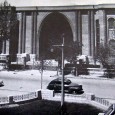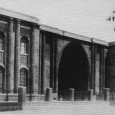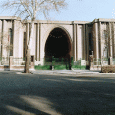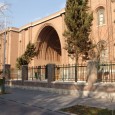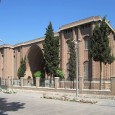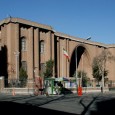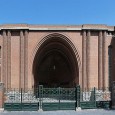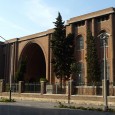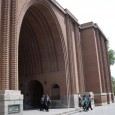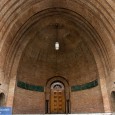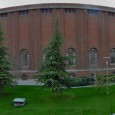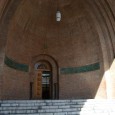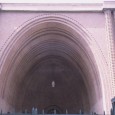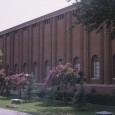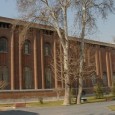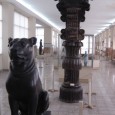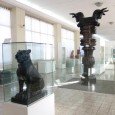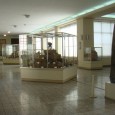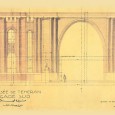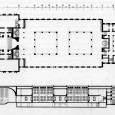Description
The National Museum of Iran is a museum in Tehran, Iran. It is the combination of two museums, the old Muze-ye Irân-e Bâstân ("Archaeological Museum of Iran", a break, Sasanian revival building designed by André Godard and inaugurated in 1937), and the modernistic white travertine National Arts Museum ("Mūze-i Honar-i Millī"), inaugurated in 1972. The second structure, built on the grassy grounds of the old Archaeological Museum, went through quite a few, and hasty changes of the interior, and was still being remodeled when the Islamic Revolution swept the country in 1979.
While the old museum always had a clear mandate to show archaeological relics (to also include some rare medieval textiles and rug pieces), the new museum began its life by featuring the exquisite Amlash pottery from the prehistoric Caspian Sea regions of Iran. This was followed by some modern arts, and the numerous gutting and remodeling of the interior. It was only after the Islamic Revolution than the new building was appended to the old, to form the "National Museum of Iran." The two buildings are dedicated respectively to the pre-Islamic collection (the old break building), while the new, travertine building contains post-Islamic artifacts. Together, they preserves ancient and medieval Persian antiquities including pottery vessels, metal objects, textiles, books, coins etc.
Building One consists of three halls. The three halls contain artifacts from the lower, middle, and upper Paleolithic, as well as the Neolithic, Chalcolithic, early and late Bronze Age, and Iron Ages I-III, through the Median, Achaemenid, Seleucid, Parthian, and Sassanid periods.The post-Islamic part of the museum was inaugurated in 1996 and consists of three floors. It contains various pieces of pottery, textiles, texts, artworks, astrolabes, and adobe calligraphy from Iran's 1,400-year Islamic history.
The original museum (Building One) was designed by André Godard, a French architect. It is located in central Tehran. There are a number of research departments in the museum, including the Paleolithic Department, Center for Achaemenid Research, and Center for Ceramic Studies.
